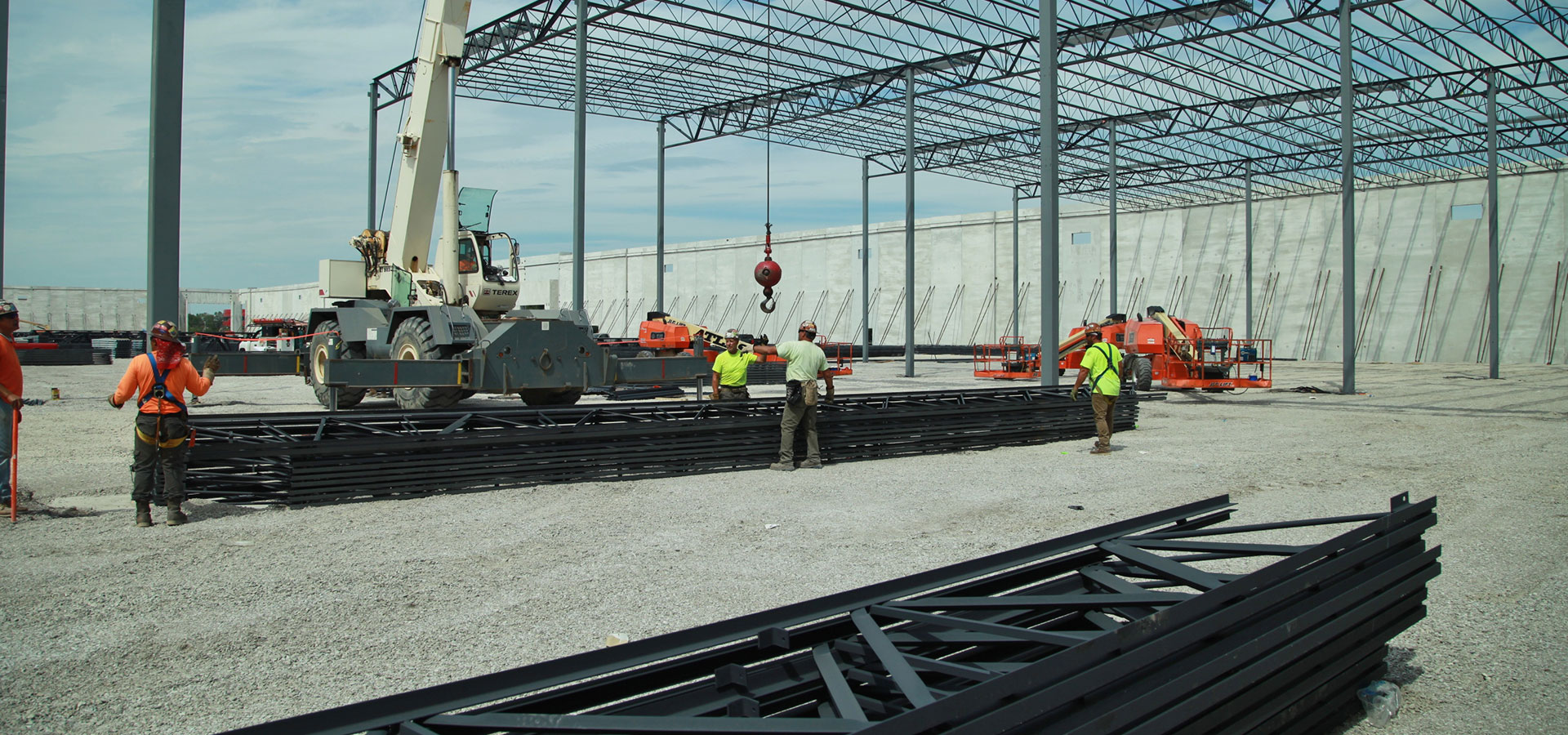Steel pricing has risen exponentially since early December and is now at a 12-year high. The US HRC Index has increased over 30% during this time, resulting in prices of over $1,000 per steel ton, a level not seen since 2008.
There are a few factors contributing to the spike in pricing. With several pandemic-related production shutdowns in 2020, steel producers cut supply. As steel end-users restarted operations later in the year, mills struggled to keep up with demand as it ticks back toward pre-pandemic levels. At the end of 2020, US raw steel utilization was 72%, a year-over-year decrease of almost 12%. Additional factors include rising raw material costs and the lack of import backstop to ease supply constraints.
This is creating implications for industrial construction, specifically for big box developments. The roof deck and joists utilize hot and cold roll steel, which comprise the majority of the steel needed to construct this facility type. The material cost alone can account for approximately 8% of the total cost to construct the building. Our projects in California and Arizona typically include a composite wood roof deck instead of steel, but with lumber commodity prices doubling since last summer, we aren’t experiencing much relief with the different construction material.
When will steel prices flatten? Experts believe that Q1 2021 will be the peak in terms of supply tightness. As mills continue to increase production to meet current demand, we should see pricing begin to fall in early summer, with levels back to normal in the second half of 2021.
At McShane, we are keeping a close eye on the situation and maintaining frequent contact with our steel suppliers to offer guidance to our clients and partners.
